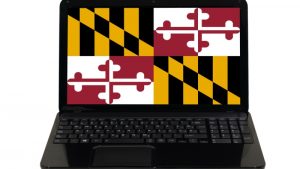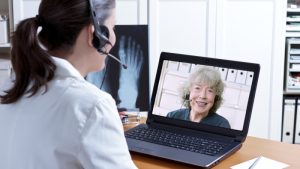Text To Ticket, a new app recently released in California and Oregon, allows users to turn in people texting and driving to the police.
The Smart Cities Council awarded the Readiness Challenge Grant on Feb. 8 to Orlando, Miami, Philadelphia, Indianapolis, and Austin, which gives the cities mentoring opportunities and a workshop in which to develop new IT projects that will best help their populations. 21st Century State & Local checked in with these cities to find out how they plan to use these resources.
Girls Who Code and Facebook teamed up to host a Governors’ Summit to discuss the gender gap in the technology sector with state leaders and how encouraging girls to go into STEM fields would increase the amount of technology talent in the U.S.
Over the next year, the city of San Antonio will deploy sensors that monitor both foot traffic and vehicle traffic. In late January, Mayor Ivy Taylor announced that her city was selected for the Envision America smart city initiative, which helps cities develop major Internet of Things projects.
Los Angeles Controller Ron Galperin is giving city residents insight into parking ticket metrics via an open data portal dubbed Street Talk: Parking Tickets in LA.
One of the biggest challenges for IT professionals is changing the culture of the workplace with new cloud applications, according to Greg Urban, chief operating officer for the state of Maryland.
Online patient portals and access to digital health records have driven a significant increase in patient engagement, a new study by CDW Healthcare shows.
Mobile devices and geographic information system software were partly responsible for yielding a homeless person census in Aurora, Colo., that was more accurate than the previous year’s count, according to the director of the city’s homelessness program.
Criminal justice professionals can now engage in discussion, collaboration, and knowledge sharing thanks to the Data Justice Network.
The American Telemedicine Association released two new reports looking at telemedicine coverage, reimbursement, and physician standards across all 50 states and the District of Columbia. The reports identified gaps in coverage and reimbursement by comparing telemedicine adoption across all states, and looked at physician practice standards and licensure by reviewing state laws and medical board standards.














